The purpose of this post is to outline the plants that I’ve chosen that I believe are good for beginners to grow, and briefly touch on what they are. I will categorise the chosen plants into where they fit in a crop rotation plan, and for those that don’t, the type of plant that they are.
I will release posts focusing on each of the categories that I list here, which will allow me to go into more detail for choosing varieties, and how to plant them, look after them, and harvest them.
Why did I choose these plants?
They are some of the easier plants to grow and care for, meaning they are ideal for anyone. They are also suited to grow in the general UK climate and more or less fit within the ‘standard growing season’, being planted in spring and harvested by autumn.
Beginner Plants
Nightshade
Potatoes and tomatoes both belong to the nightshade family, but are very different plants from one another. Potatoes grow below the ground, and are grown from the potatoes themselves, whereas tomatoes are grown above ground and are grown from seeds or cuttings. Aubergines and peppers also belong to this family of plants, but they are harder to grow, so I will cover those later on outside of this beginner gardening series.
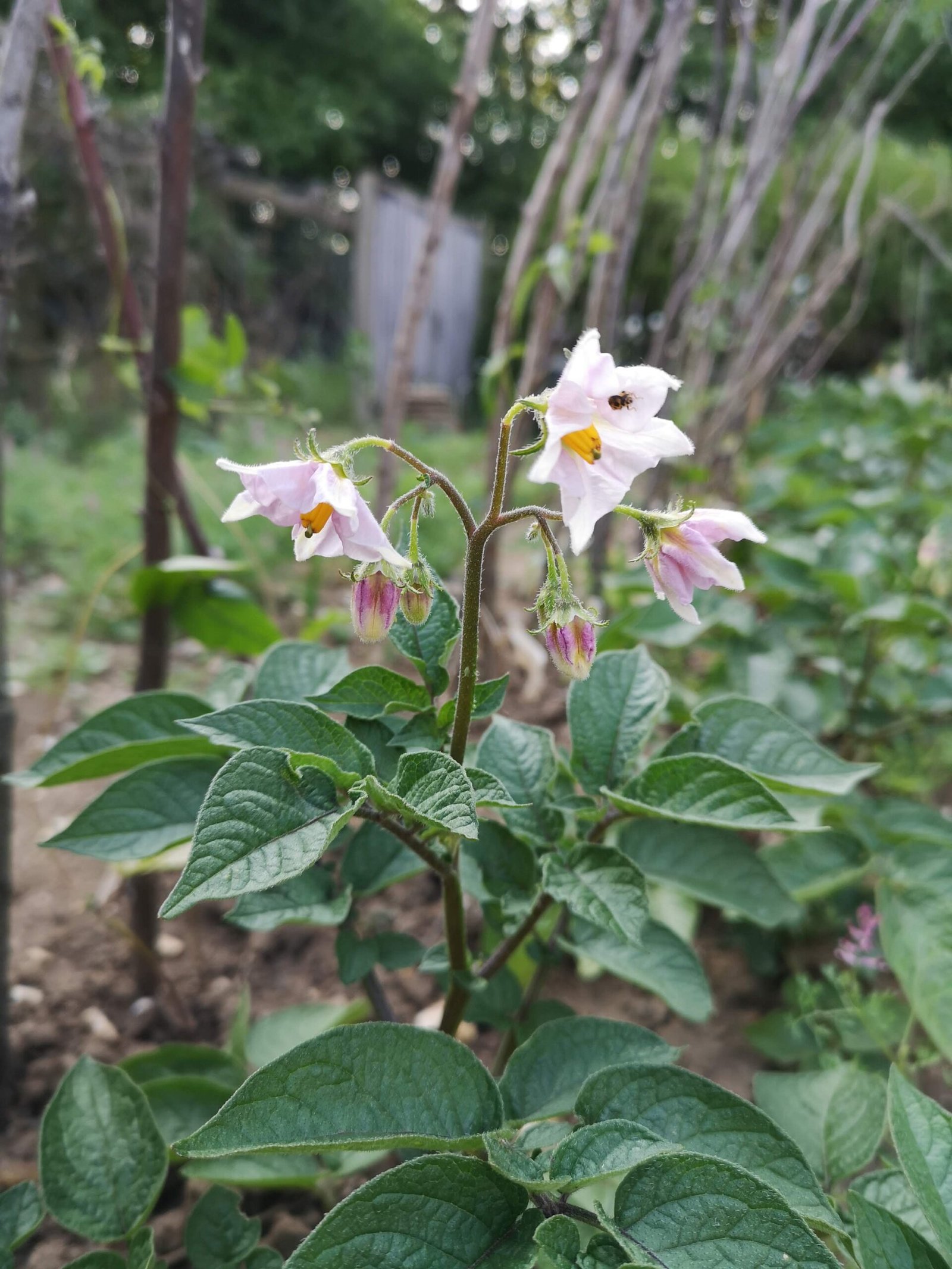
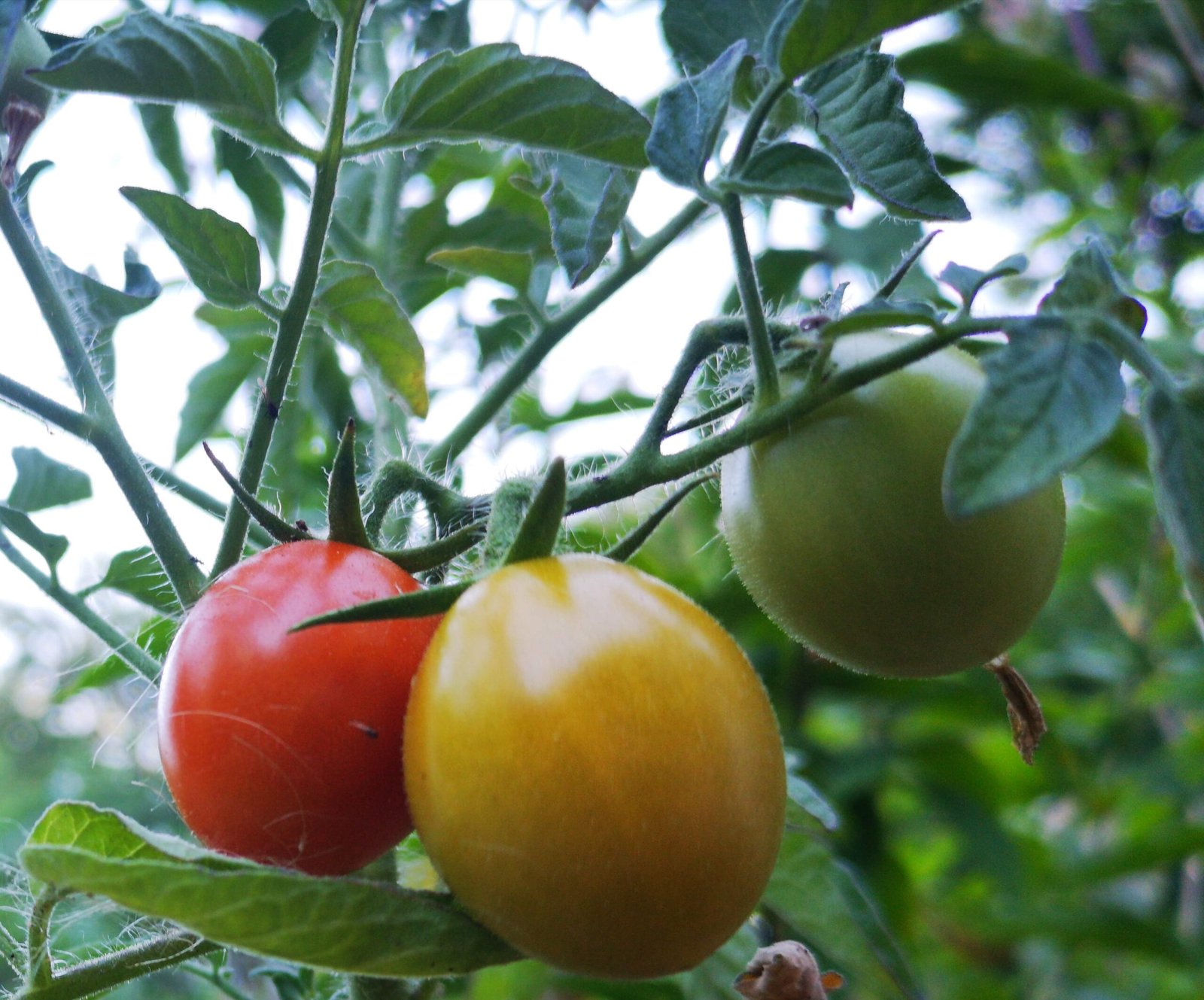
Legumes
Peas, broad beans and runner beans, which I have picked from the bean family of plants. Legumes include peas, beans, lentils and even peanuts. Some legume plants don’t get very big and are self-supporting, such as broad beans and peas, but some, such as runner beans and French beans, are climbing plants and will need something to support the plant. Peanuts are unique in the way they grow, flowering above the ground and then going below ground in order to form the pods. There are many varieties of beans, but most of them are very similar when it comes to growing them.
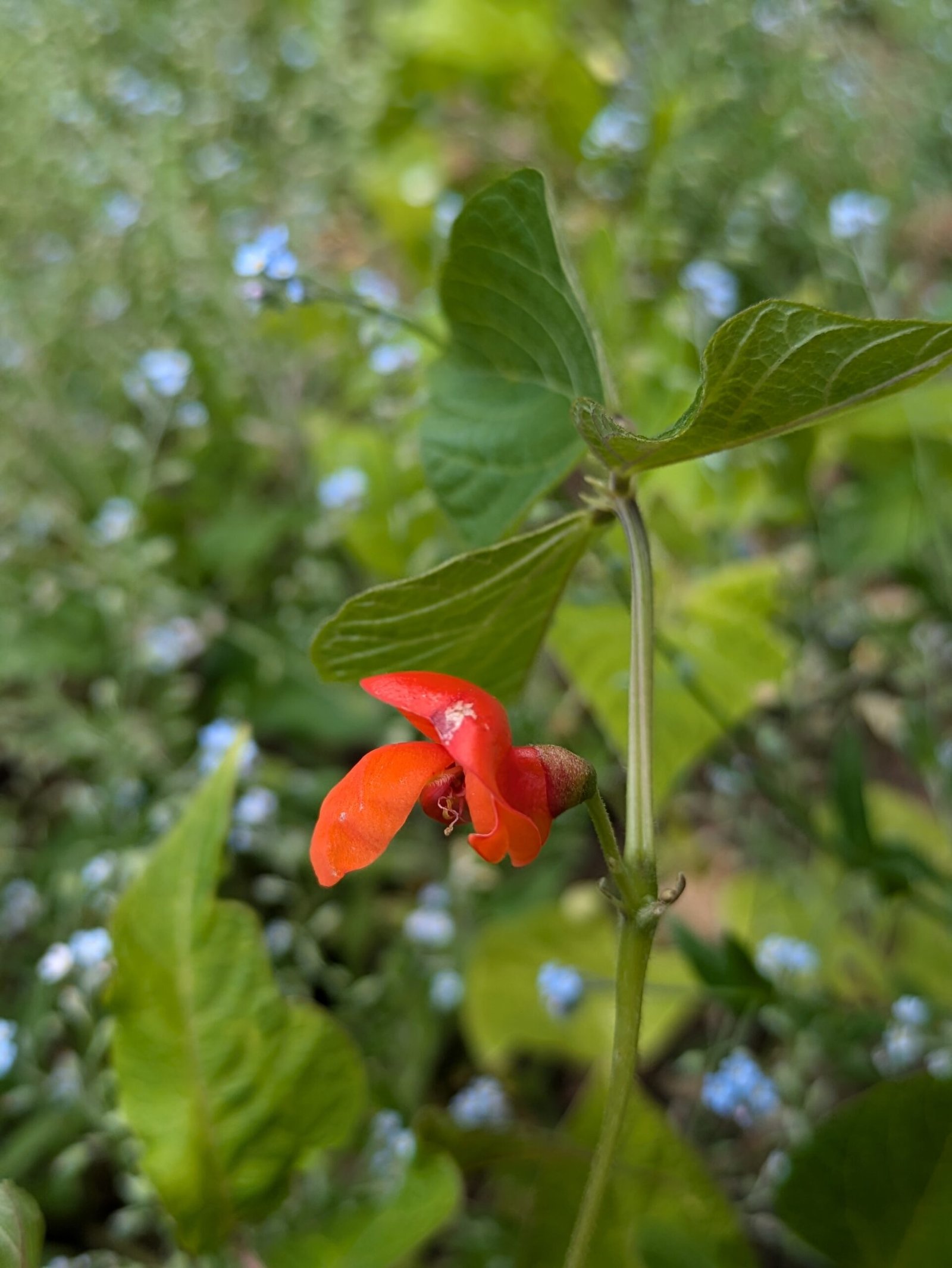
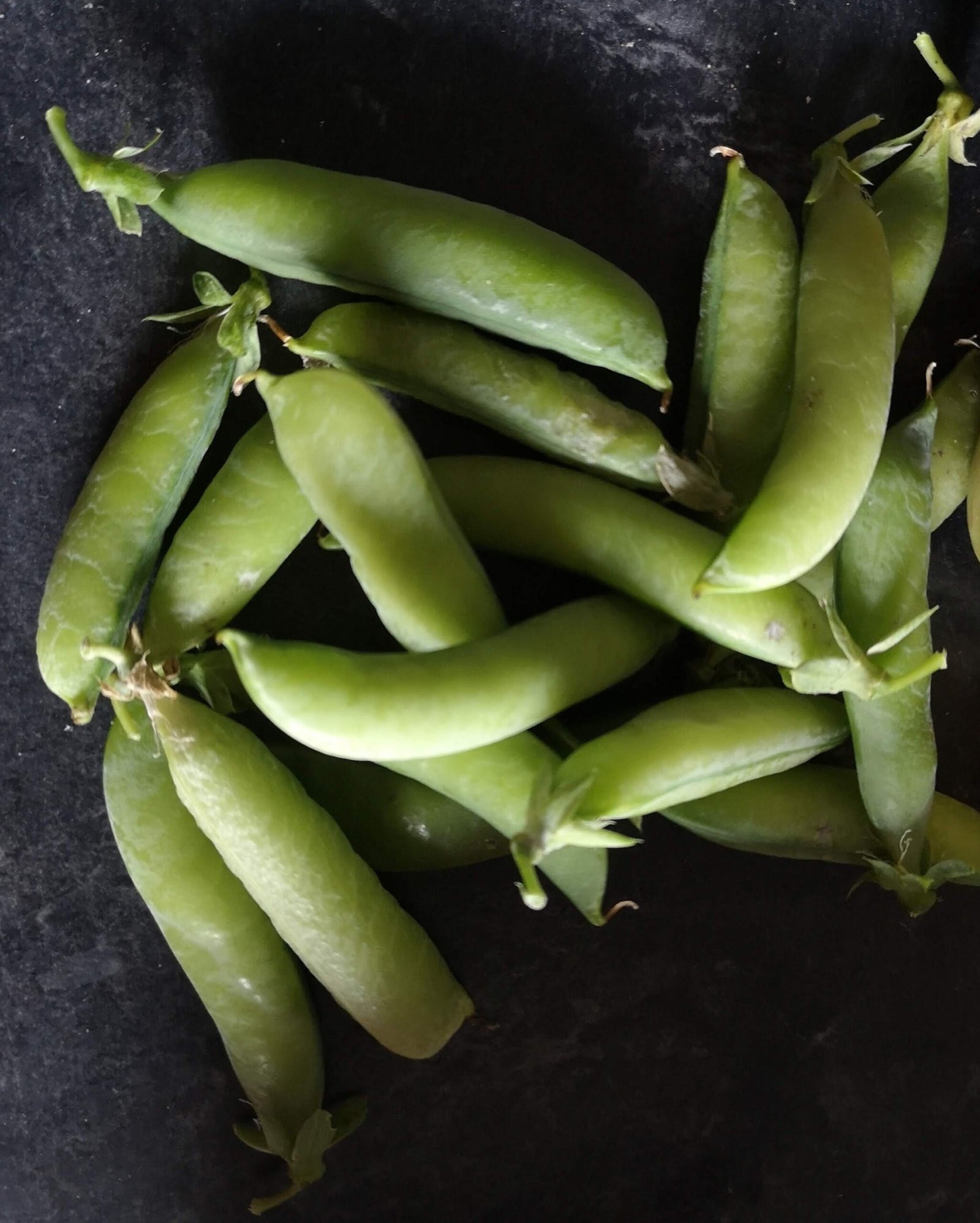
Brassicas
Cabbage, kale, and radish from the cabbage and mustard family. The family also includes broccoli, cauliflower, Brussels sprouts, mustard, turnips and swede. Most of the plants in this family are heavy feeders, meaning they use a lot of nutrients from the soil. Radish, turnips and swede are grown below ground, while the rest are above-ground plants.
Alliums and Roots
Unlike the other categories, this one isn’t a family of plants, but they all work similarly for crop rotation.
Garlic and onions from the allium family, which also includes leeks. The ‘bulb’ is grown below the surface, with a stem (or stems) growing above ground. If plants in this family go to flower, they produce beautiful flower clusters at the ends of their stems, and then if pollinated, produce seeds for you to plant. For onions, this usually happens in their second year of growth.
Carrots, parsnips and beetroot for the ‘roots’, that for crop rotation also includes celeriac, celery and salsify. With the exception of celery (where you can cut off 1 stalk at a time if you want), the main edible part of these plants are harvested by digging them up, as it grows below ground. However, you can also eat the leaves of many of these plants.
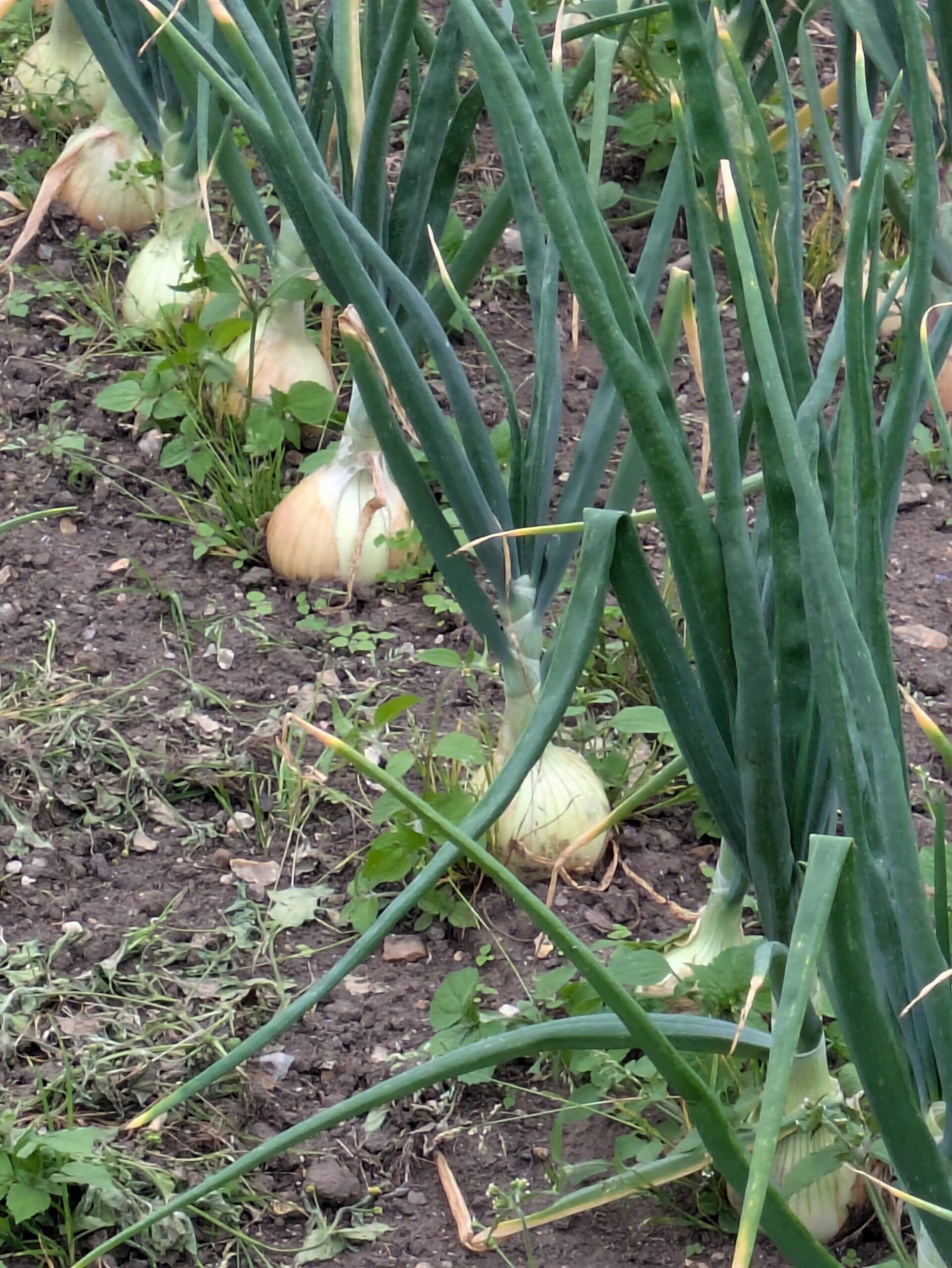
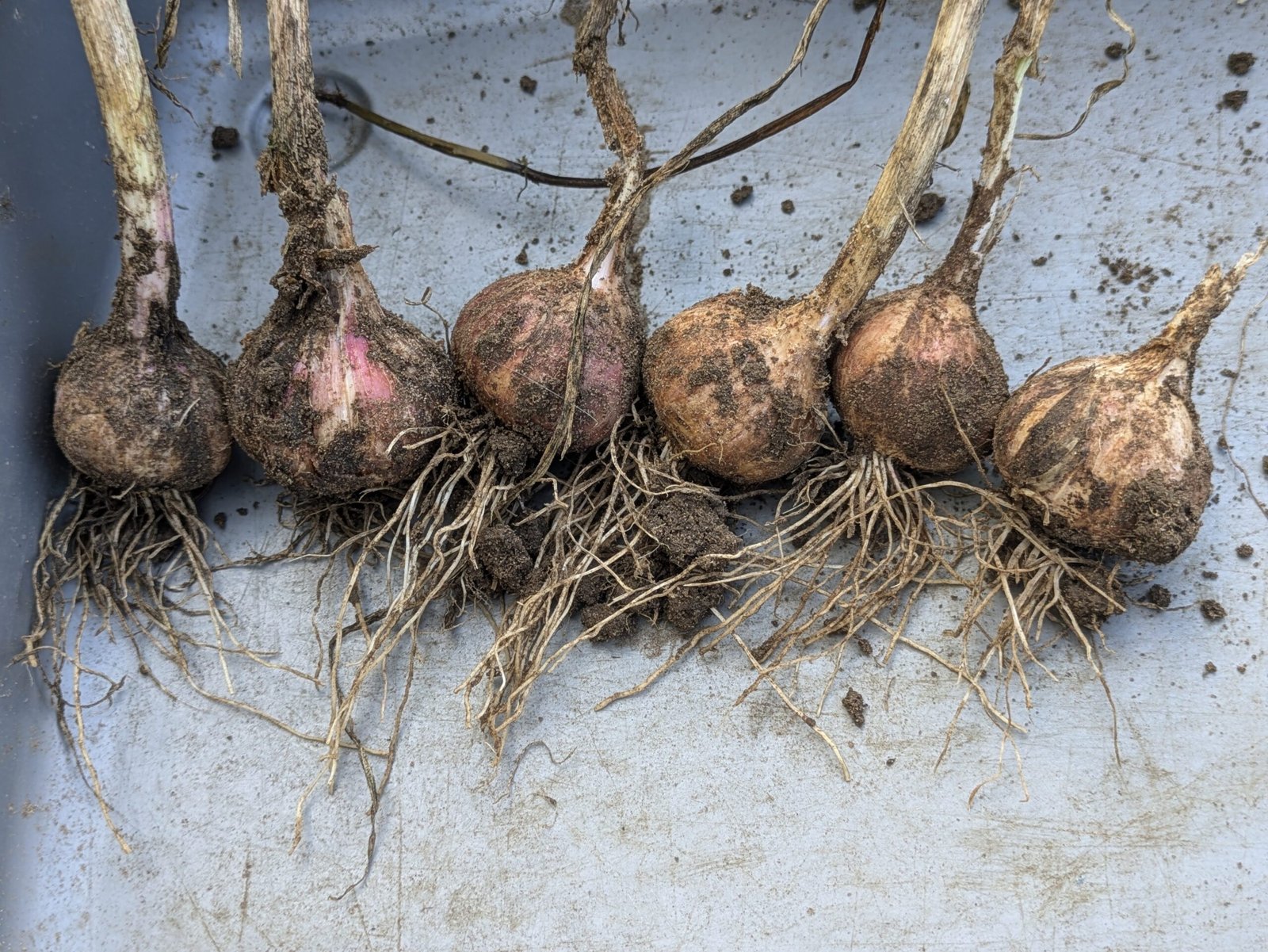
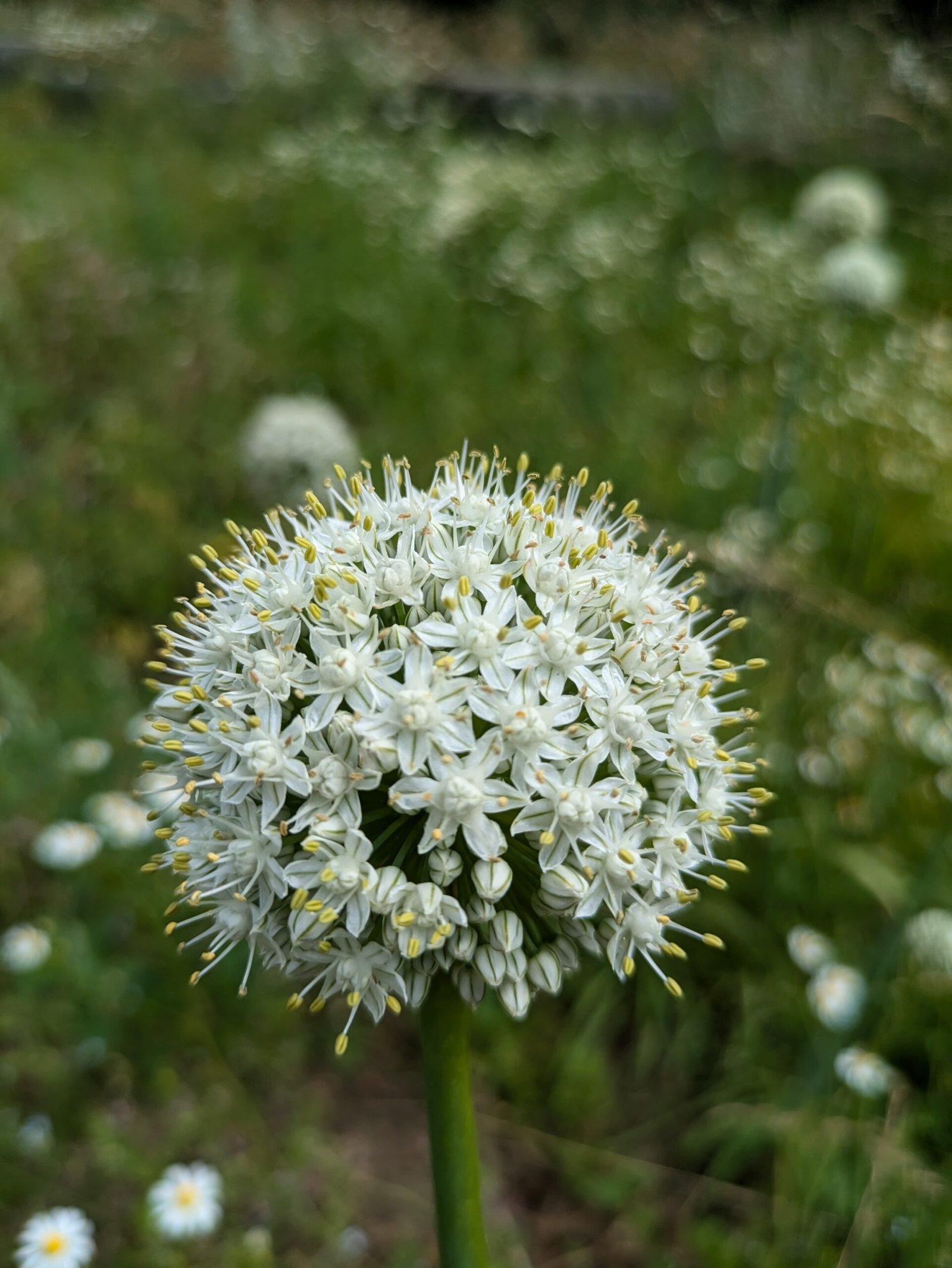
Salad Leaves and Gourds
These plants don’t need to go into a rotation plan in the same way that the above categories do.
Salad leaves include plants from different families, but they have similar culinary uses and are grown in a similar way. Lettuce and spinach are the ones that I’ve chosen.
Gourds include cucumbers, melons, courgettes, squashes and pumpkins. I’ve chosen cucumbers, courgettes and winter squashes.
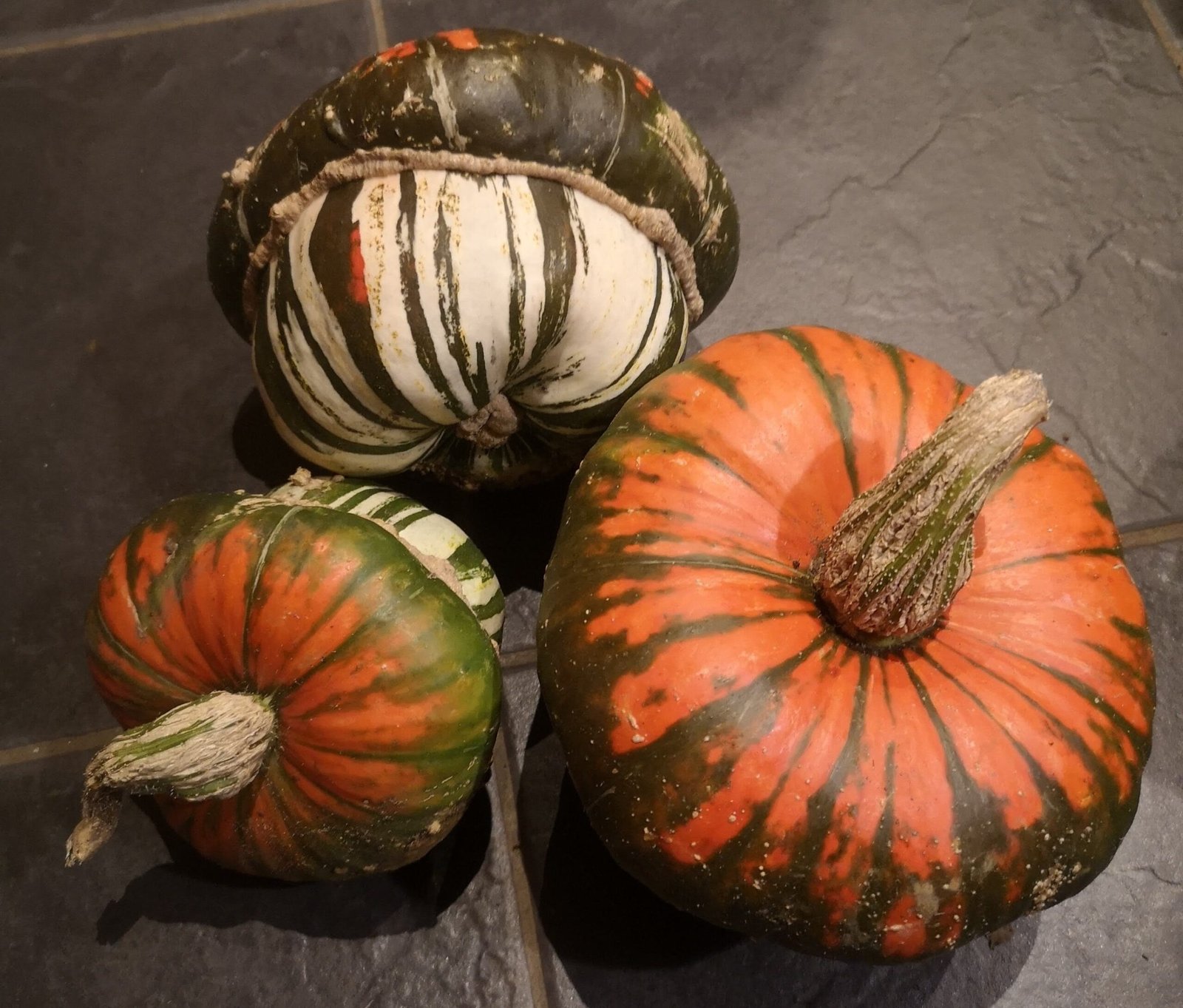
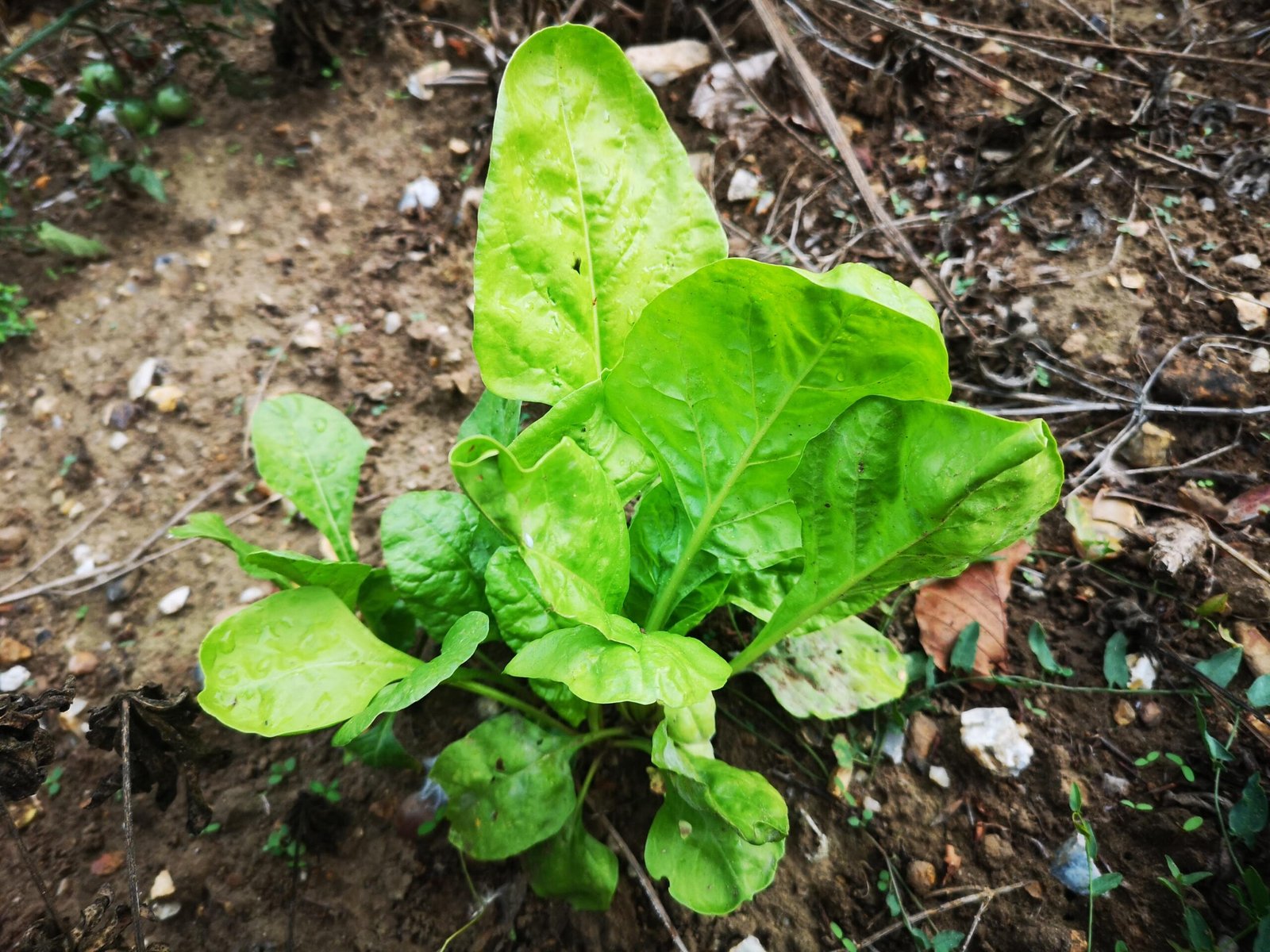
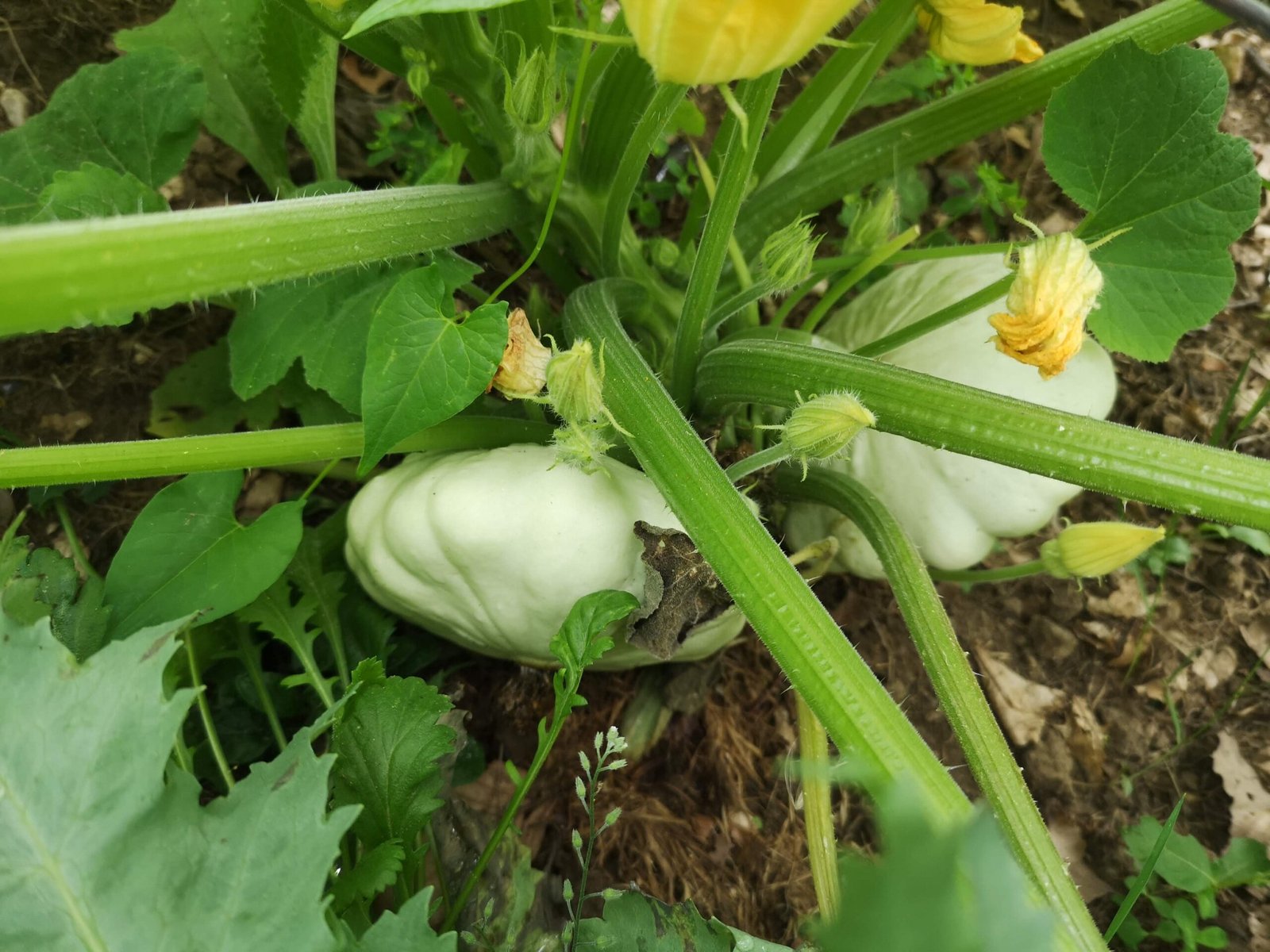
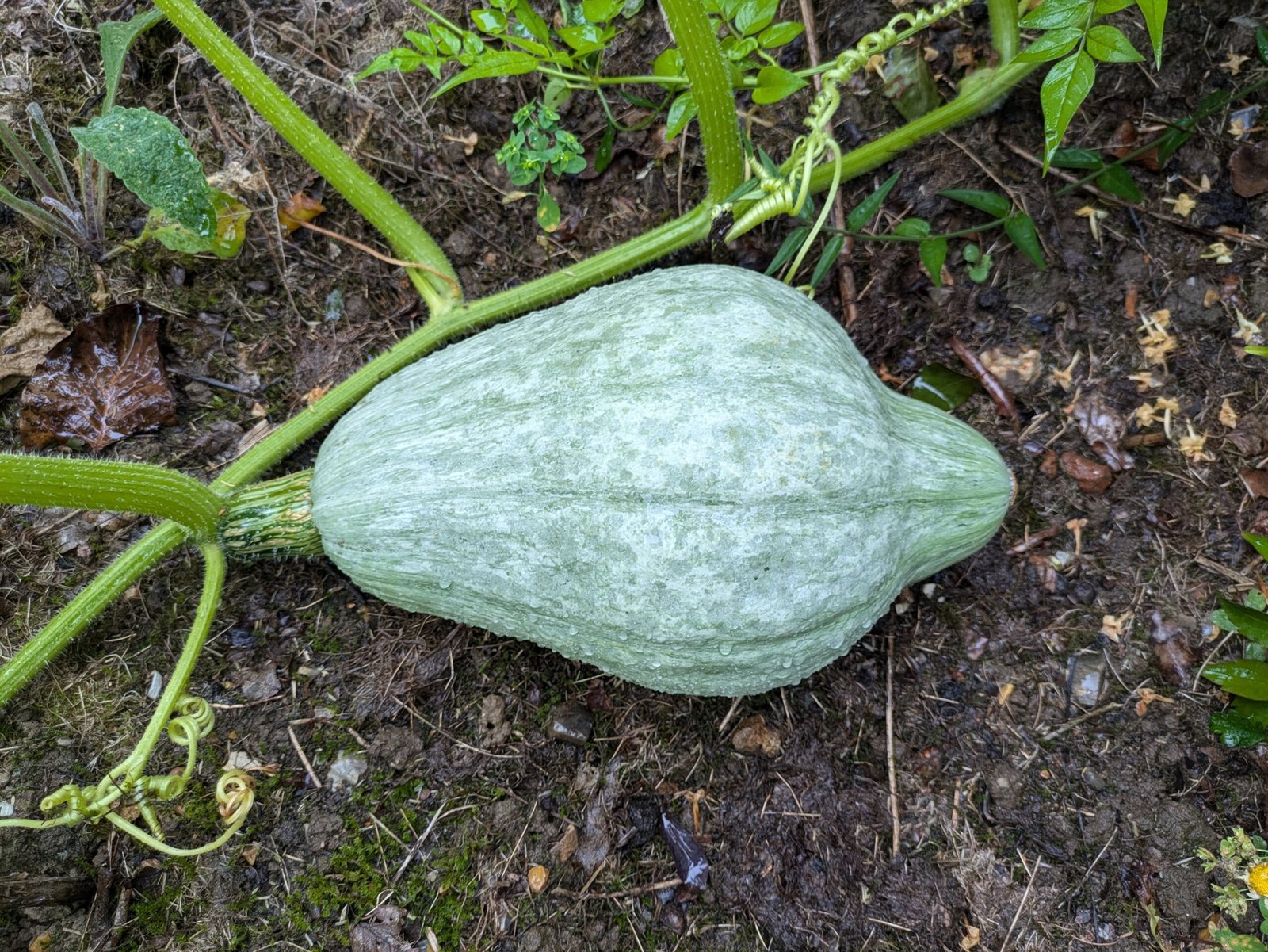
Berries
I’m referring to the culinary use of the word ‘berry’ here, and not the botanical term. Strawberries, raspberries, blackcurrants, and gooseberries are the chosen plants. These are perennial plants and don’t need to go anywhere specific in a crop rotation plan. Them being perennial means you will be choosing a permanent, or semi-permanent location in the garden for them.
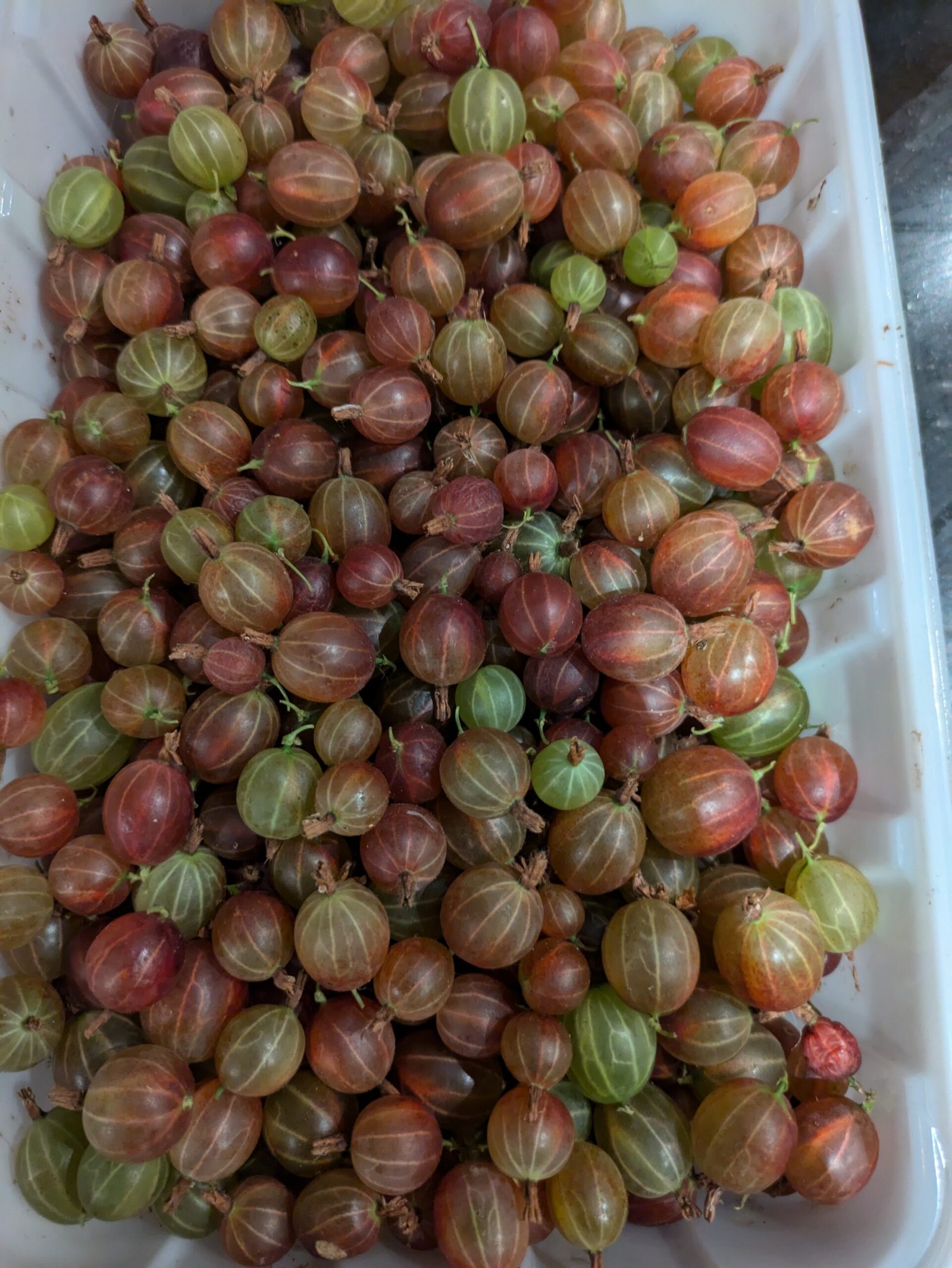
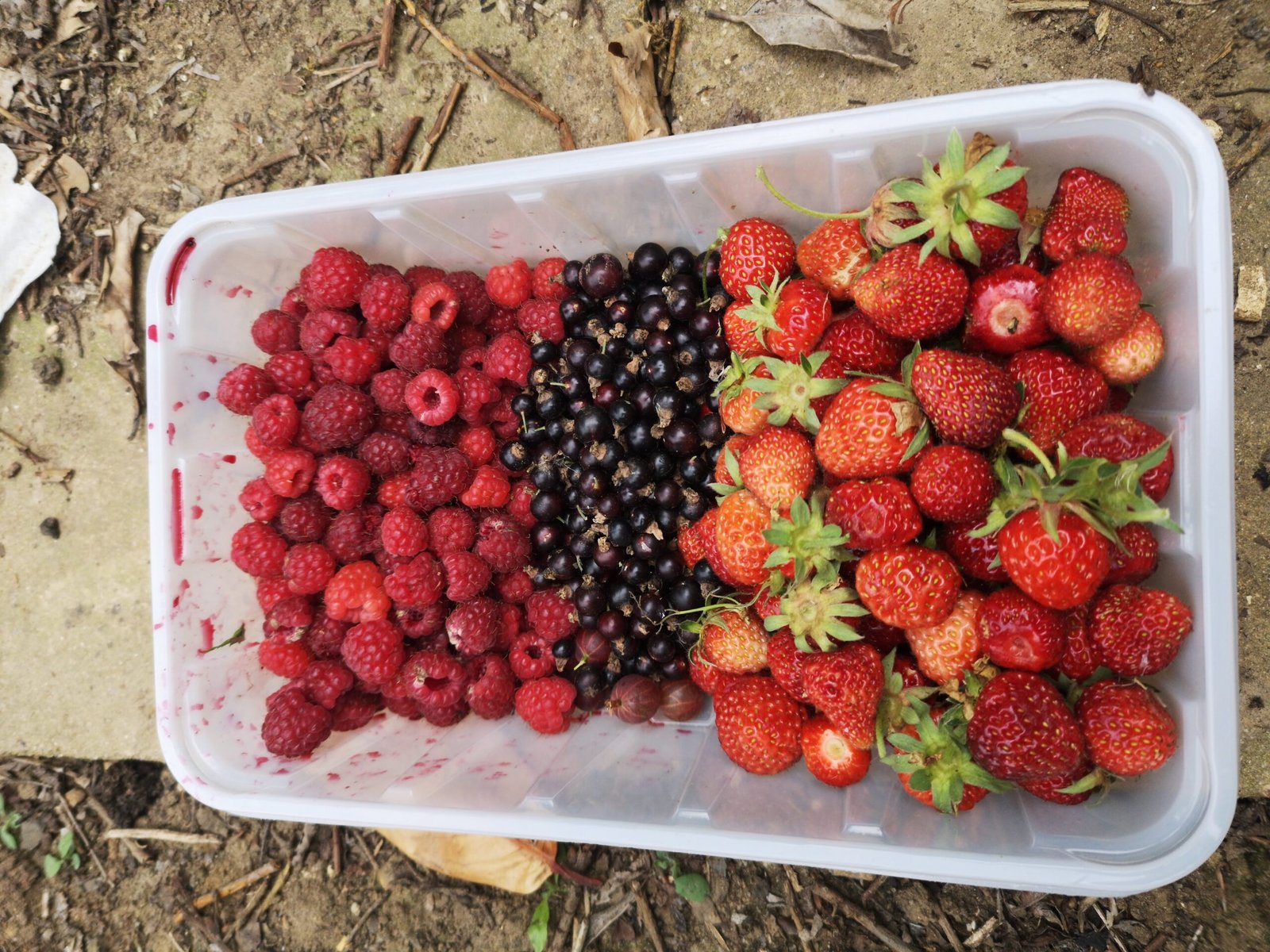
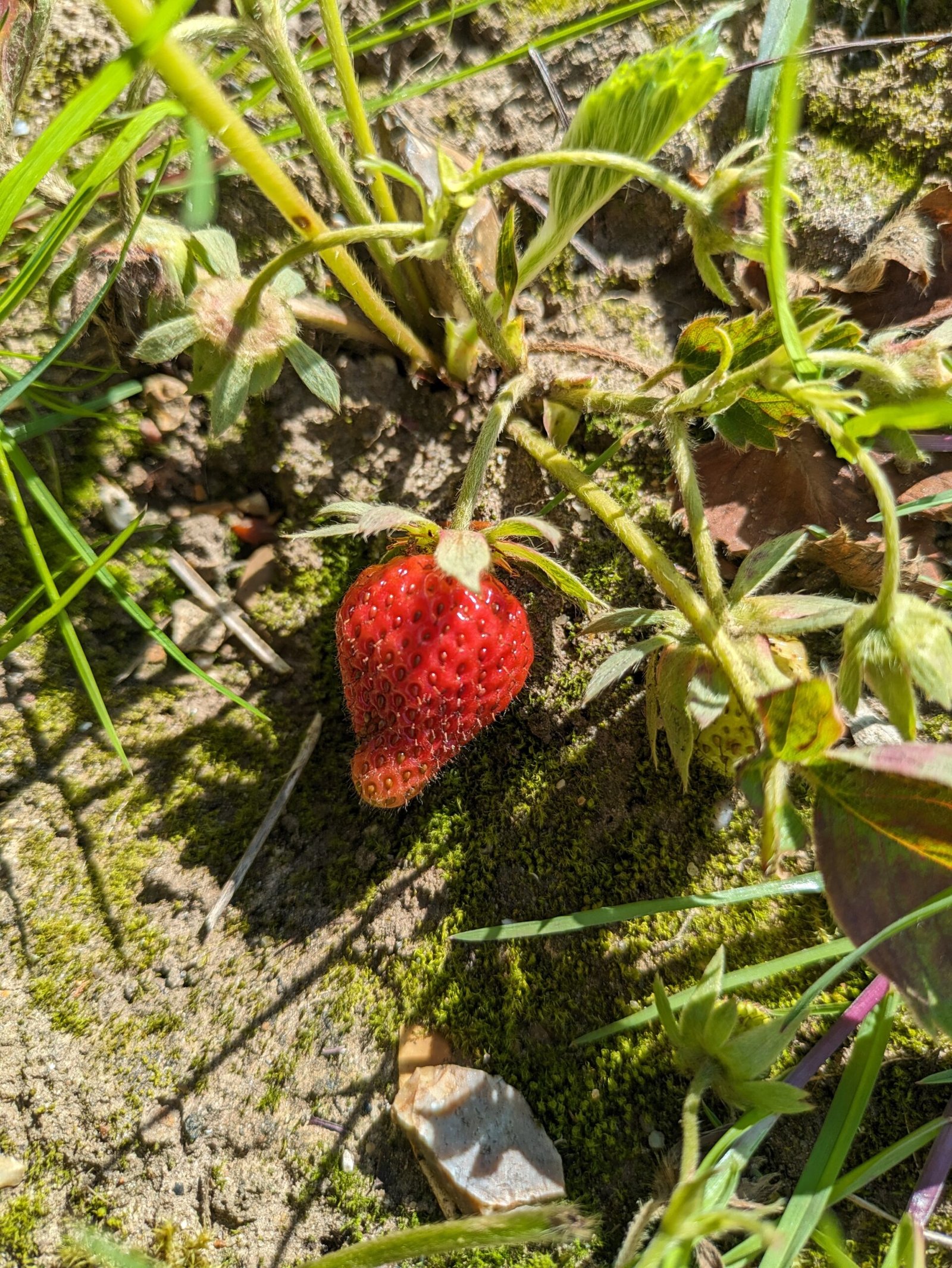
Flowers and Herbs
I’ve grouped the remaining plants here as they are a little different. They will be further categorised into individual posts. Herbs are split into annual and perennial, and don’t need to go anywhere specific in a crop rotation plan. Flowers don’t need to go anywhere specific either, and are going to be categorised into UK native and non-native.
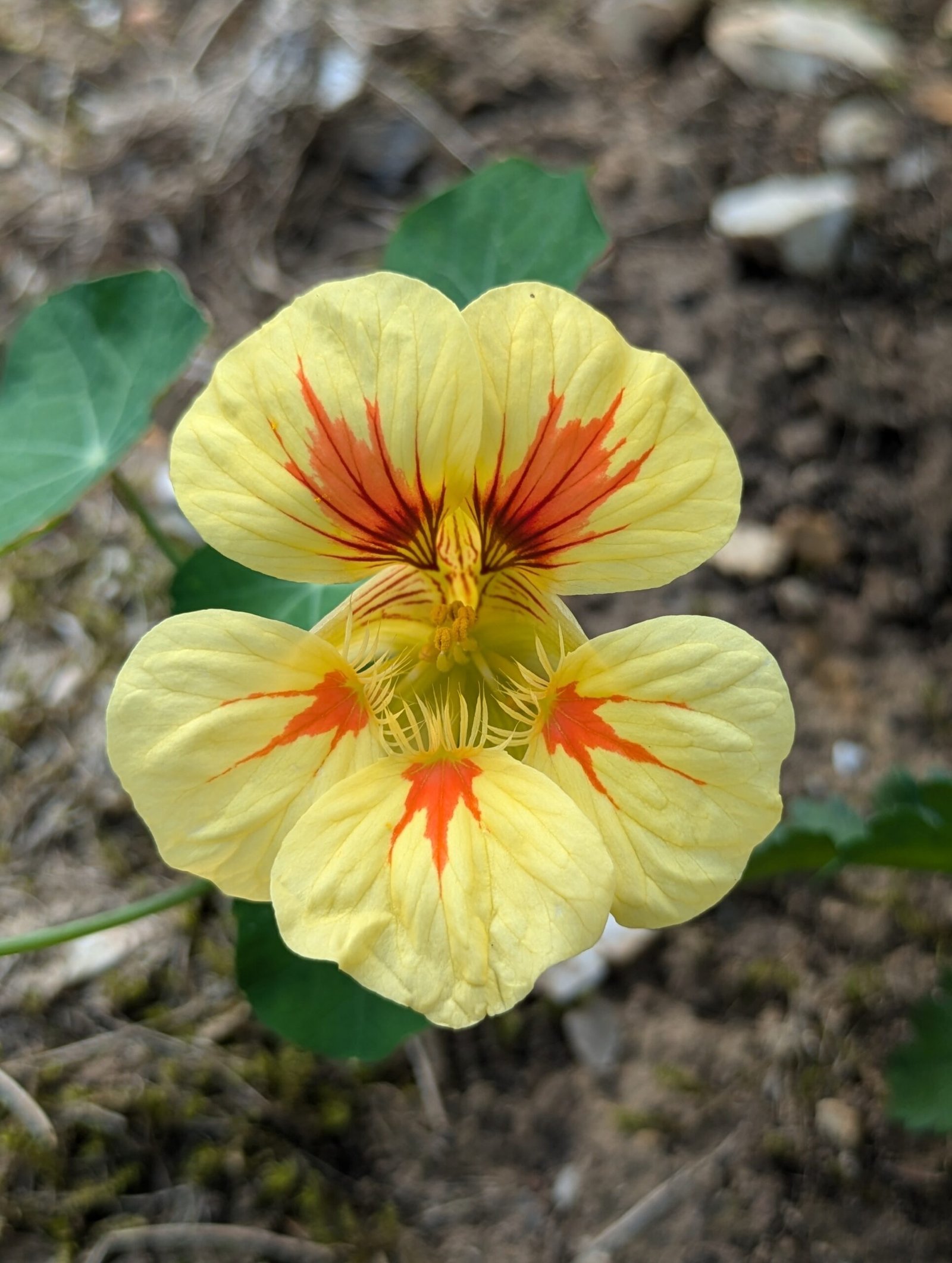
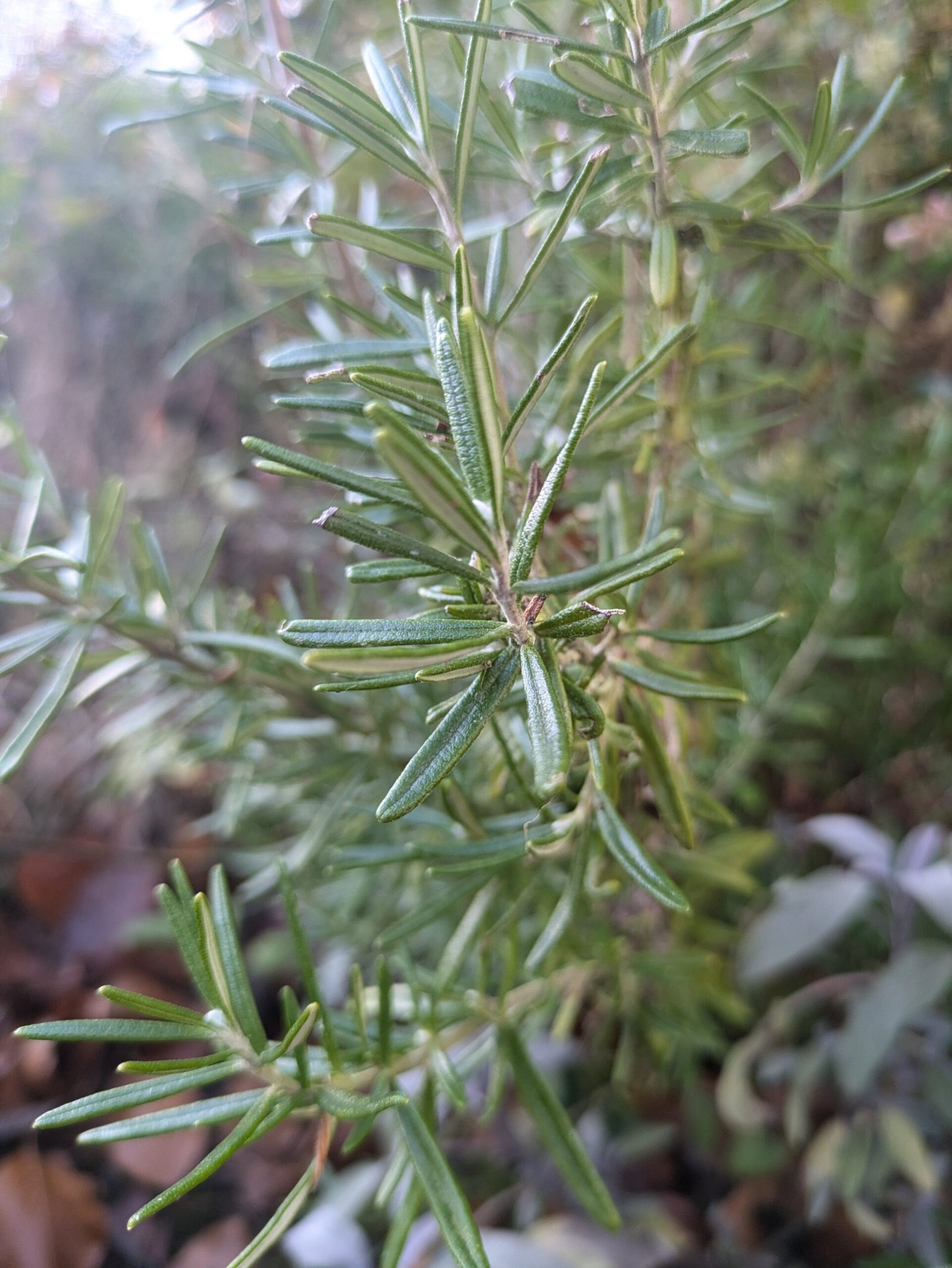
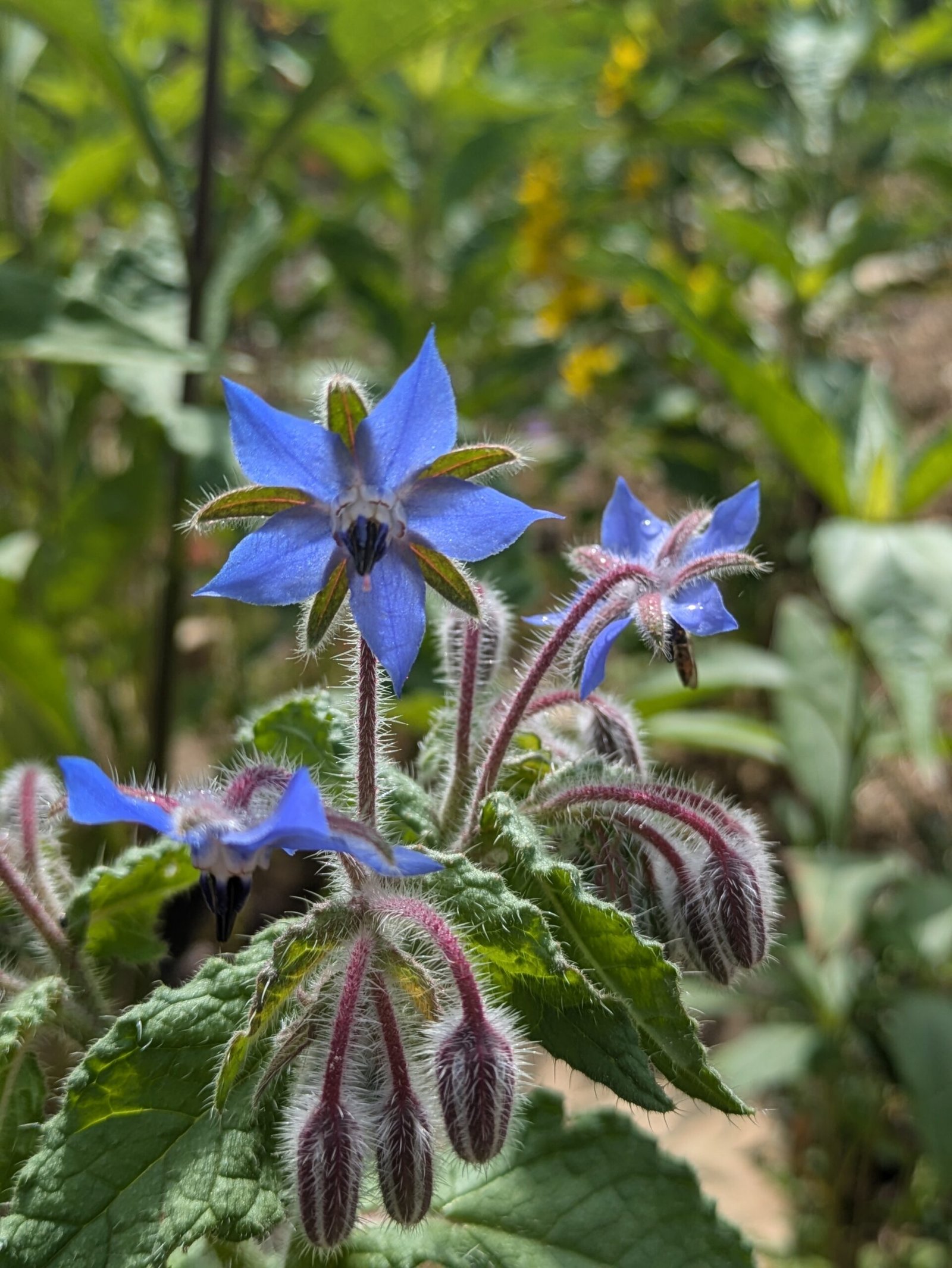
What else do you need to know?
This beginner series will hopefully provide you with everything that you will need to know to get started. As well as posts covering the plants that I’ve mentioned here, I’ll cover:
I am proud to be affiliated with JustSeed, a company that I have bought seeds from for a few years now. I believe in what they are doing over there, and if you are going to buy seeds, garden tools, or seedlings, then please consider checking them out and using my link below to do so. Thank you for supporting me.

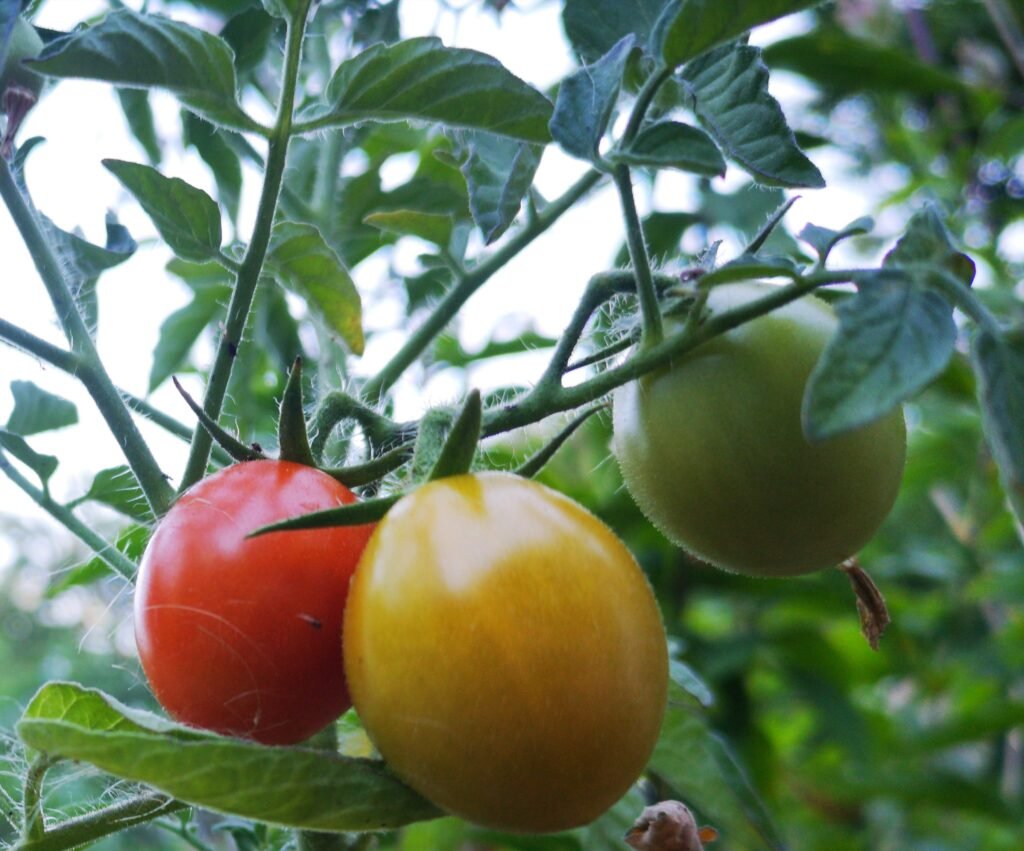
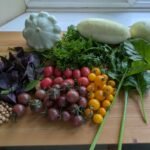



Leave a Reply